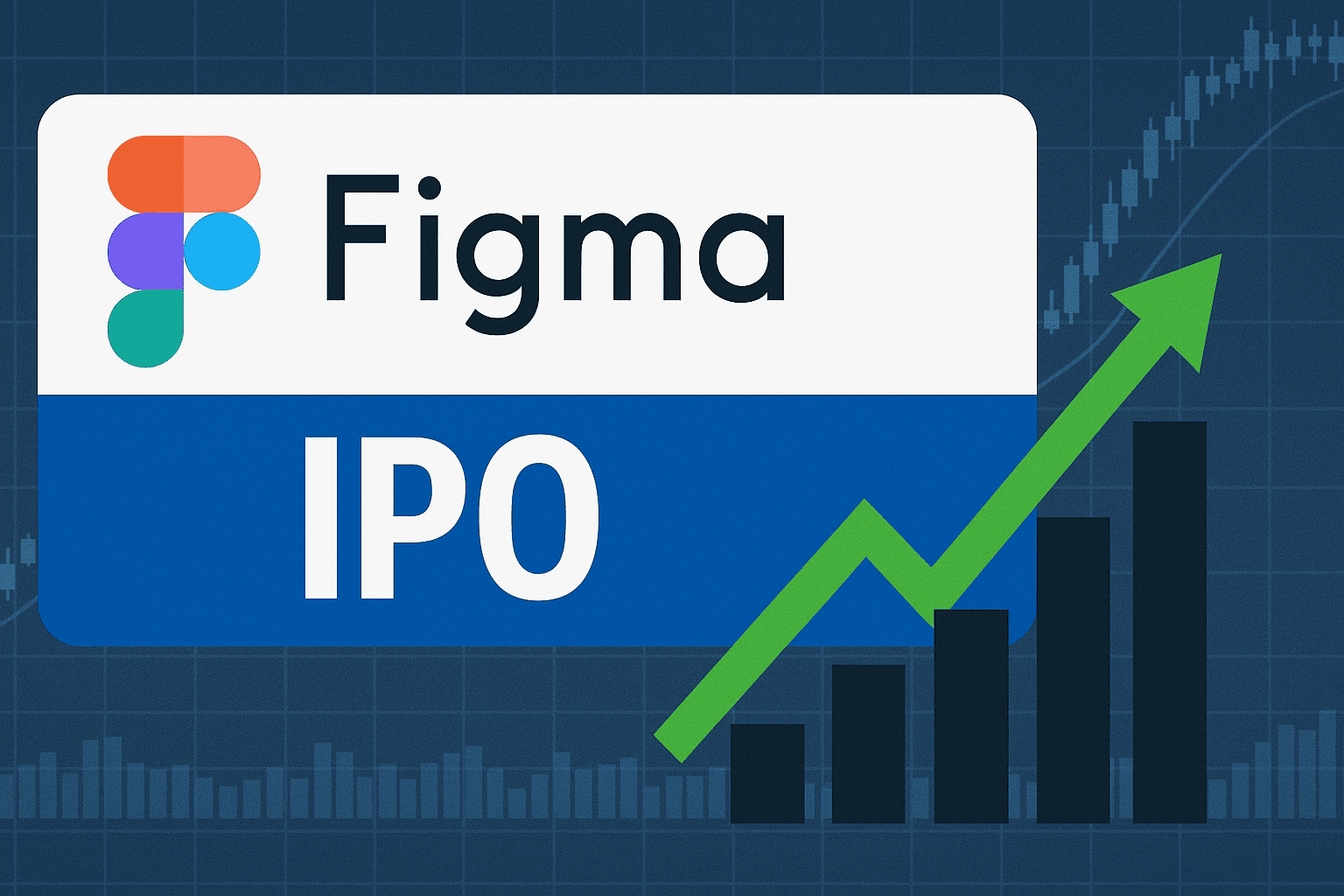The business world is a volatile and unpredictable place. Planned and unplanned events can impact your organisation positively or negatively. Whereas a positive impact is an opportunity, a negative impact can be a risk. To remain competitive, businesses must take more chances, which means the potential for making mistakes, increasing risk. This isn’t necessarily a negative, as long as you learn from it. There are various types of risks businesses may face.
- Business Risk –Change can bring risk. Whether it’s due to an economic recession or a changing in your industry, just being in business carries a certain level of risk.
- Financial Risk –When the company uses debt, there is a risk that the company’s cash flow can’t meet its obligations increases. Although financial decisions are made at the top, it impacts everyone throughout the business chain.
- Operational Risk – This risk is associated with how business is done. It can result from inadequate internal systems, processes or people. External events may also be affected, such as environmental factors and technology failures.
A small business health check can identify blind spots and provide the tools and strategy needed to function as effectively as possible. Implementing a risk management plan allows you to minimise risk while acting on new opportunities.
Risk Management Plan
Although your organisation cannot avoid risk entirely if the goal is continued growth, there are steps you can take that mitigate the threat and manage it effectively.
Identification
The sooner you identify the potential threat, the sooner you can put plans in place to manage it. Risk identification refers to the potential risks and their characteristics. Include emerging threats to understand which sectors are vulnerable and possible responses. Documentation supporting the risk could consist of:
- Actual loss data
- Benchmarking against a peer group
- Financial analyses
- Forecasting and stress testing
- Historic data analyses
- Market and sector information
- Review of audit reports
- Comprehensive risk identification includes internal and external factors.
Assessment
Some threats may have more impact than others. Keep a risk register that categorises potential hazards with their sources and possible responses. This can improve the chances of success as it reduces the number of surprises and allows for a calculated response. Benefits of a thorough analysis include:
- Ensure compliance with new legislation
- Address regulatory issues
- Reduce exposure
- Minimise impact
- Avoid potential litigation
- Recognising risks and developing a strategy to address them can help you dig into your organisation and discover gaps in your processes
Evaluation
Rank each threat by determining the risk magnitude and decide whether each threat is serious enough to warrant action. A qualitative risk analysis prioritises risks and uses a rating system for the significance of impact. A quantitative risk analysis analyses the effect of the potential project risks.
Response
Once you have evaluated each threat, you can prioritise the highest-ranked risks. Create a plan for treating or modifying the risks to bring them to acceptable levels, developing a preventative plan to mitigate the risk if and when it can help you move forward with confidence.
Ownership
Once a risk is identified and assessed, you can assign a team member to manage it. By assigning someone to be accountable, it becomes less likely that the risk will fall through the cracks. This can ensure the threat remains within tolerances and that a response plan is enacted on time if needed.
Monitoring
Risk management is an ongoing process. Monitoring the risk, evaluating its potential and making changes as needed in the business operations, system or processes is necessary to maintain its effectiveness. It also enables you to make an integrated response to several risks simultaneously, helps you stay more informed and improves your risk-based decision-making capability.
Having a risk management plan means your business can implement initiatives and take on new ventures with confidence. Growing, scaling, and expanding your operations requires risk. With a comprehensive plan in place, you can identify, assess and act against potential threats to mitigate them.




